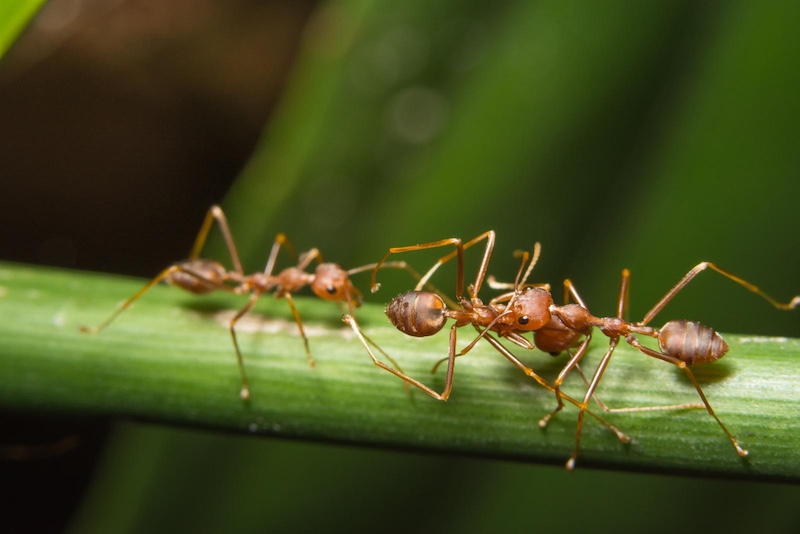Ant colonies are complex, highly organized societies where teamwork is essential to survival. From communication to farming, ants exhibit behaviors that are both intriguing and impressive. Here are 10 fascinating facts about ant colonies.
1. Ant Colonies Act Like a Single Superorganism
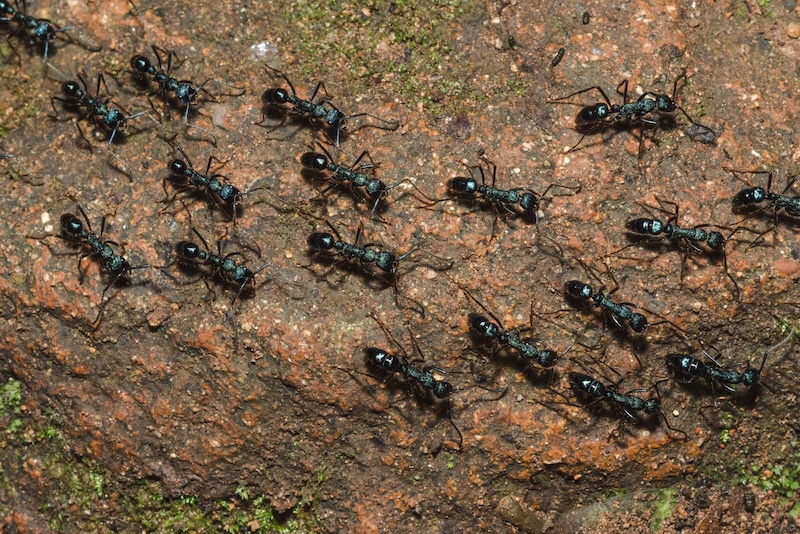
An ant colony functions as a superorganism, meaning that the collective behavior of all the ants is more important than any single individual. Each ant performs a specific role, such as foraging, defending the colony, or tending to the queen, which benefits the entire colony as a whole.
2. Queen Ants Can Live for Decades

While worker ants live for just a few months, queen ants can survive for years, with some species’ queens living up to 30 years. These long-lived queens are responsible for producing thousands of eggs over their lifetime, ensuring the colony’s growth and survival.
3. Ants Communicate Using Chemical Signals
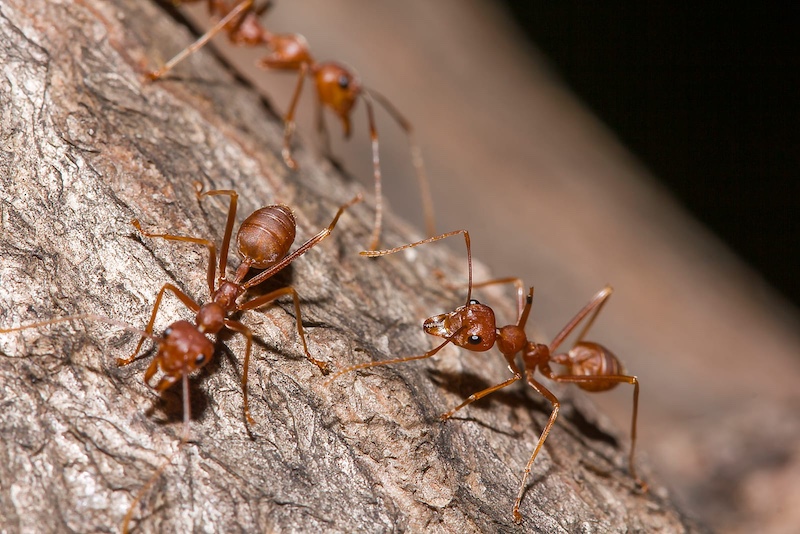
Ants don’t use sound or sight to communicate but instead rely on pheromones, chemical signals they release to send messages. Whether it’s a trail to food, a warning of danger, or signals to other members of the colony, pheromones are key to the highly coordinated efforts of the ants.
4. Every Ant Has a Specialized Role
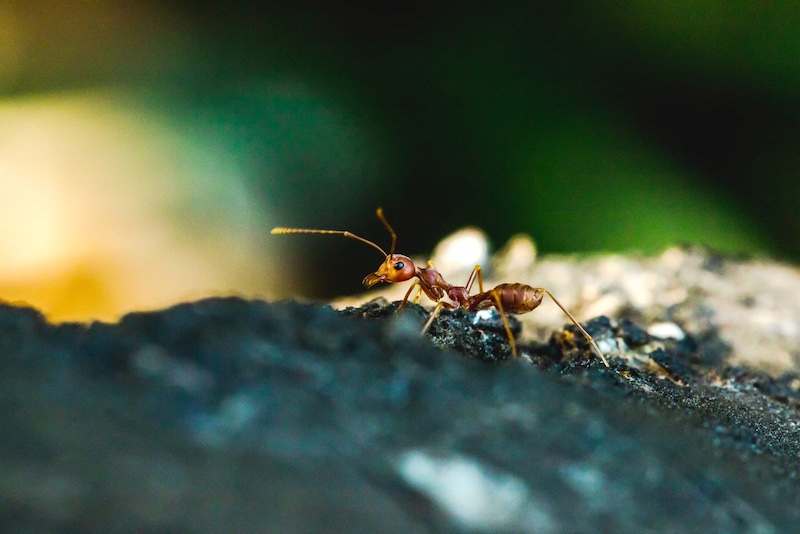
Ant colonies are divided by labor, with worker ants focusing on foraging and caring for the young, soldier ants defending the nest, and queen ants solely responsible for reproduction. This division of labor ensures that the colony runs smoothly and efficiently.
5. Some Ants Practice Farming
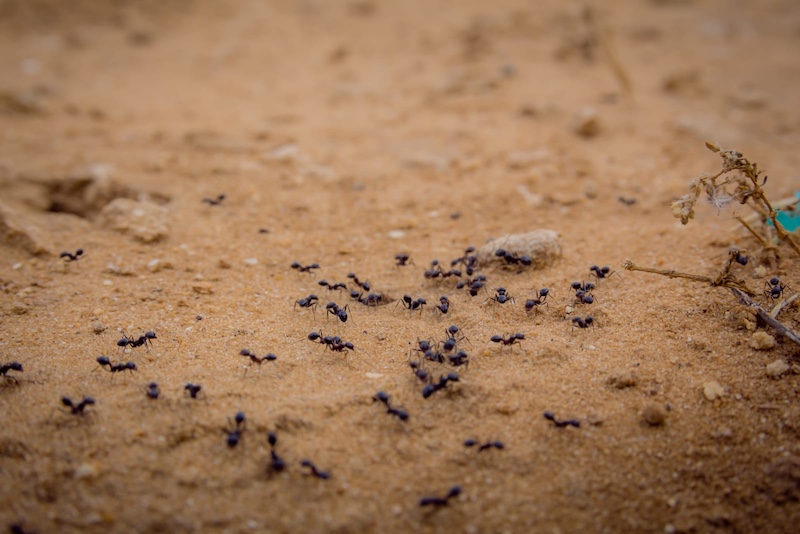
Certain ant species, such as leafcutter ants, engage in farming by cutting leaves and using them to grow fungus, which serves as their primary food source. This agricultural behavior makes ants some of nature’s most efficient farmers, sustaining entire colonies with carefully cultivated crops.
6. Ant Colonies Can Span Thousands of Miles
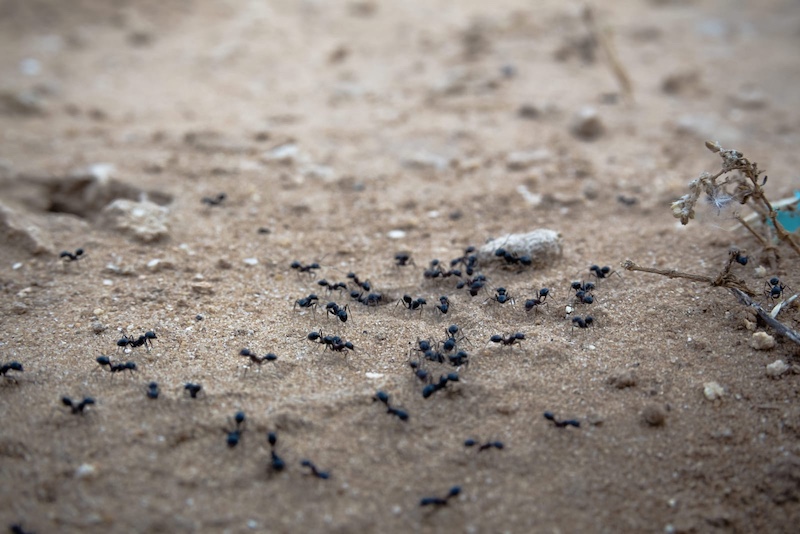
Some ant colonies are so large they span thousands of miles. The Argentine ant, for instance, has formed a supercolony in Southern Europe that stretches over 3,700 miles. These enormous colonies are interconnected, allowing ants to cooperate on a massive scale.
7. Ants Can Lift 50 Times Their Own Body Weight
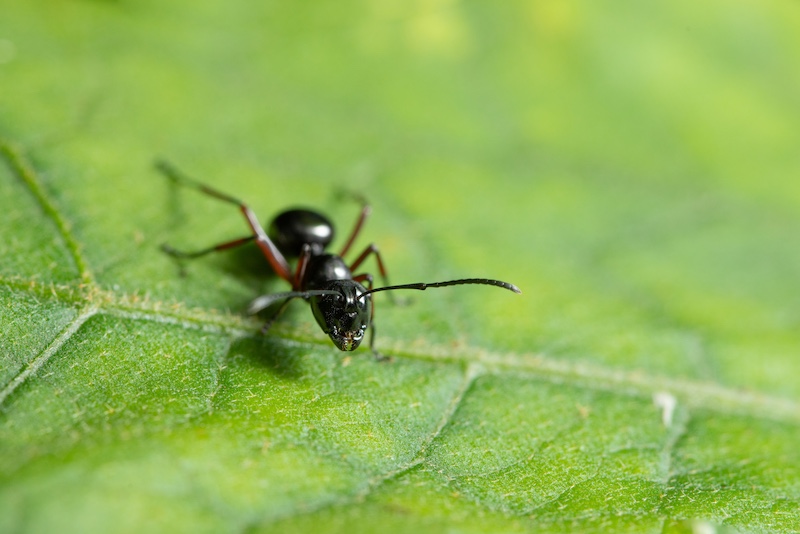
Ants are incredibly strong for their size. A single ant can carry objects that are 50 times its own weight, and when working together, ants can perform extraordinary tasks like forming living bridges to cross obstacles. This strength helps them move large pieces of food or defend the colony.
8. Ant Colonies Often Engage in Wars
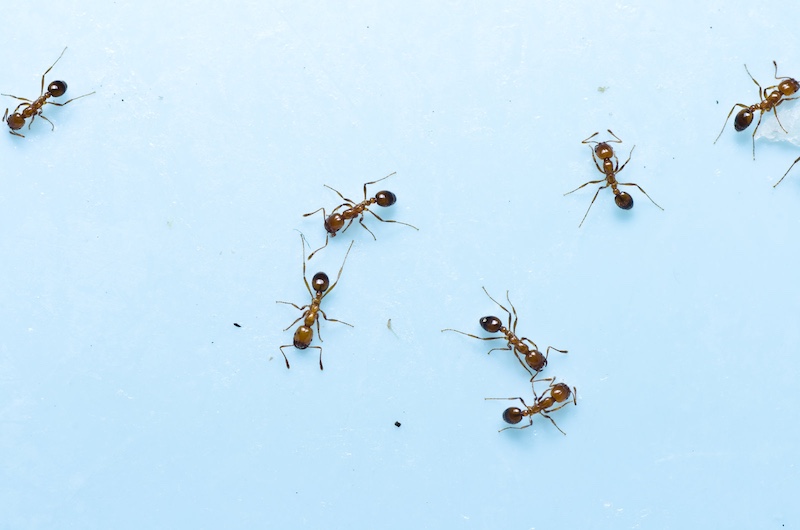
Some ant species, like army ants, are known to engage in wars with other colonies. These battles can be brutal, resulting in thousands of casualties as ants fight to capture territory, resources, or even slaves from rival colonies.
9. Ants Can Form Living Nests
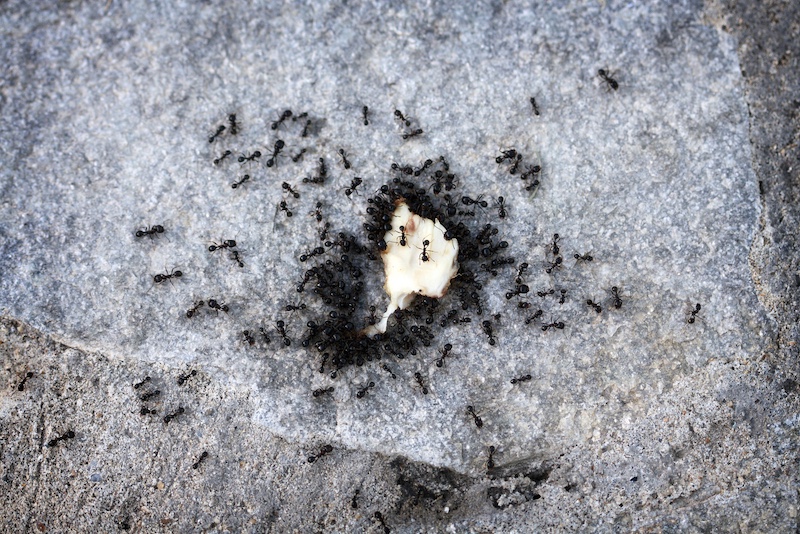
Nomadic ant species, like army ants, are known to create temporary nests by linking their bodies together in structures called bivouacs. These living nests serve as temporary homes while the colony moves through forests or fields in search of food.
10. Ant Colonies Can Survive Without a Queen
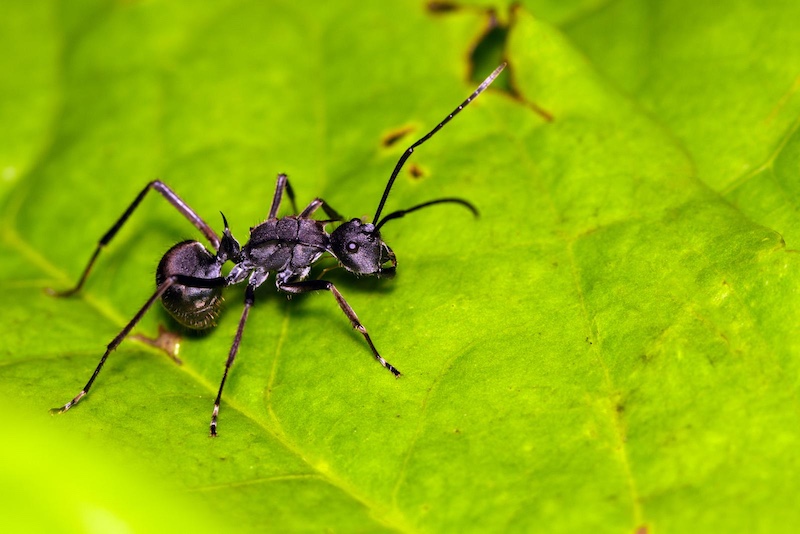
While the queen is crucial for reproduction, ant colonies can continue functioning even after her death. Although no new ants will be born, the existing workers will maintain their tasks, such as foraging and defending the nest, often for several years before the colony eventually dies out. Please Note: This content was created with the assistance of AI and thoroughly edited by a human before publishing.

